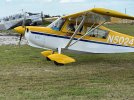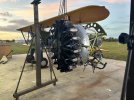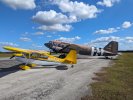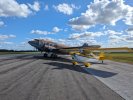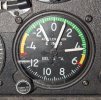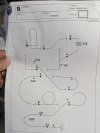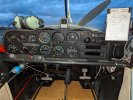Ed Haywood
En-Route
I have a thread on this in the maintenance forum, but figured I would share with a wider PoA audience here.
19 months ago my 1978 Super Decathlon began making metal. I pulled the engine off for overhaul.
Once I had the engine off, I decided to restore the fuselage while I waited on the engine. So I stripped the fuselage and tail surfaces bare, had them powder coated, and began the process of rebuilding the aircraft. Virtually every part was replaced, down to the last nut and bolt. New wood, cables, pulleys, hardware, wiring, etc etc etc.
By the iron law of such projects, it wound up taking 3 times as long as expected and costing twice as much. In addition to new fabric and paint, the aircraft received a partial panel makeover and new interior.
I am NOT an A&P. What made this all possible is that I am co-located with a shop that specializes in restoration of vintage aircraft. The owner/operator/A&P/IA is a very good friend. He supervised me at every step of the way, but I did 99% of the work myself.
Today, we finished the logs and I flew the aircraft for the first time.
19 months ago my 1978 Super Decathlon began making metal. I pulled the engine off for overhaul.
Once I had the engine off, I decided to restore the fuselage while I waited on the engine. So I stripped the fuselage and tail surfaces bare, had them powder coated, and began the process of rebuilding the aircraft. Virtually every part was replaced, down to the last nut and bolt. New wood, cables, pulleys, hardware, wiring, etc etc etc.
By the iron law of such projects, it wound up taking 3 times as long as expected and costing twice as much. In addition to new fabric and paint, the aircraft received a partial panel makeover and new interior.
I am NOT an A&P. What made this all possible is that I am co-located with a shop that specializes in restoration of vintage aircraft. The owner/operator/A&P/IA is a very good friend. He supervised me at every step of the way, but I did 99% of the work myself.
Today, we finished the logs and I flew the aircraft for the first time.
Attachments
-
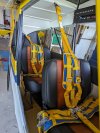 PXL_20231015_214023695.jpg3.1 MB · Views: 85
PXL_20231015_214023695.jpg3.1 MB · Views: 85 -
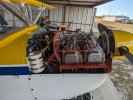 PXL_20231111_202303469.jpg2.4 MB · Views: 80
PXL_20231111_202303469.jpg2.4 MB · Views: 80 -
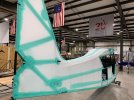 FB_IMG_1677549588026.jpg124.1 KB · Views: 78
FB_IMG_1677549588026.jpg124.1 KB · Views: 78 -
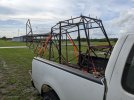 PXL_20220609_215824155.jpg2.1 MB · Views: 80
PXL_20220609_215824155.jpg2.1 MB · Views: 80 -
 PXL_20230419_000921584.jpg2 MB · Views: 83
PXL_20230419_000921584.jpg2 MB · Views: 83 -
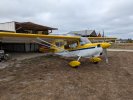 PXL_20231113_154802189.jpg4.2 MB · Views: 88
PXL_20231113_154802189.jpg4.2 MB · Views: 88 -
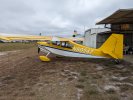 PXL_20231113_154838862.jpg4.2 MB · Views: 85
PXL_20231113_154838862.jpg4.2 MB · Views: 85 -
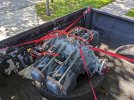 PXL_20220511_150120436.jpg2.3 MB · Views: 84
PXL_20220511_150120436.jpg2.3 MB · Views: 84 -
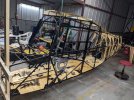 PXL_20220831_052259774.jpg2.3 MB · Views: 84
PXL_20220831_052259774.jpg2.3 MB · Views: 84 -
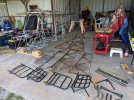 PXL_20220629_165941703.jpg3.1 MB · Views: 83
PXL_20220629_165941703.jpg3.1 MB · Views: 83
Last edited:

